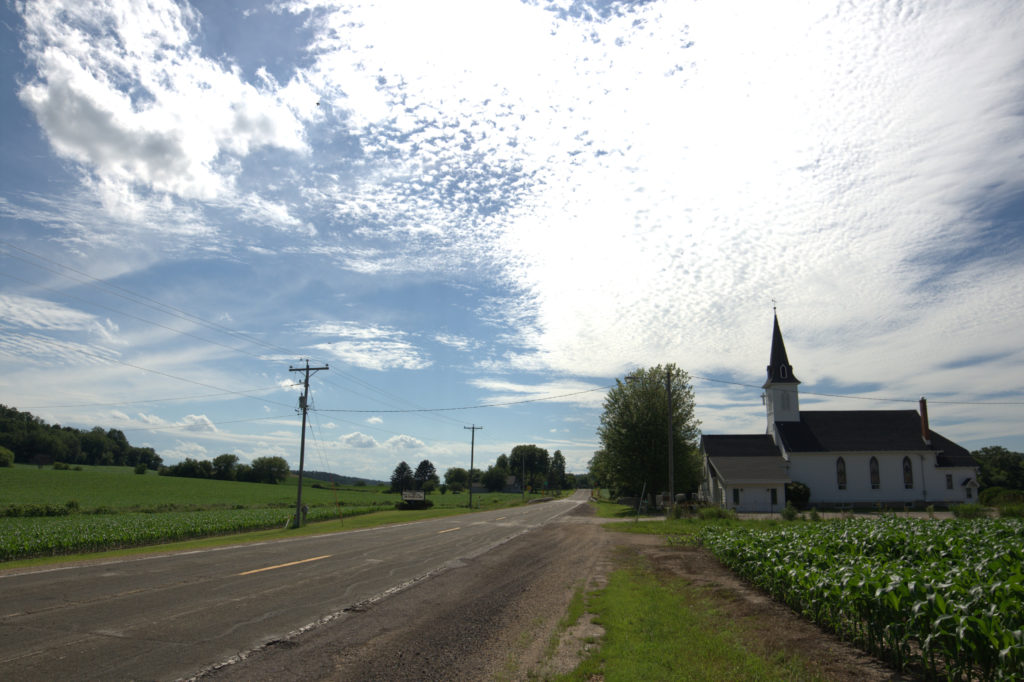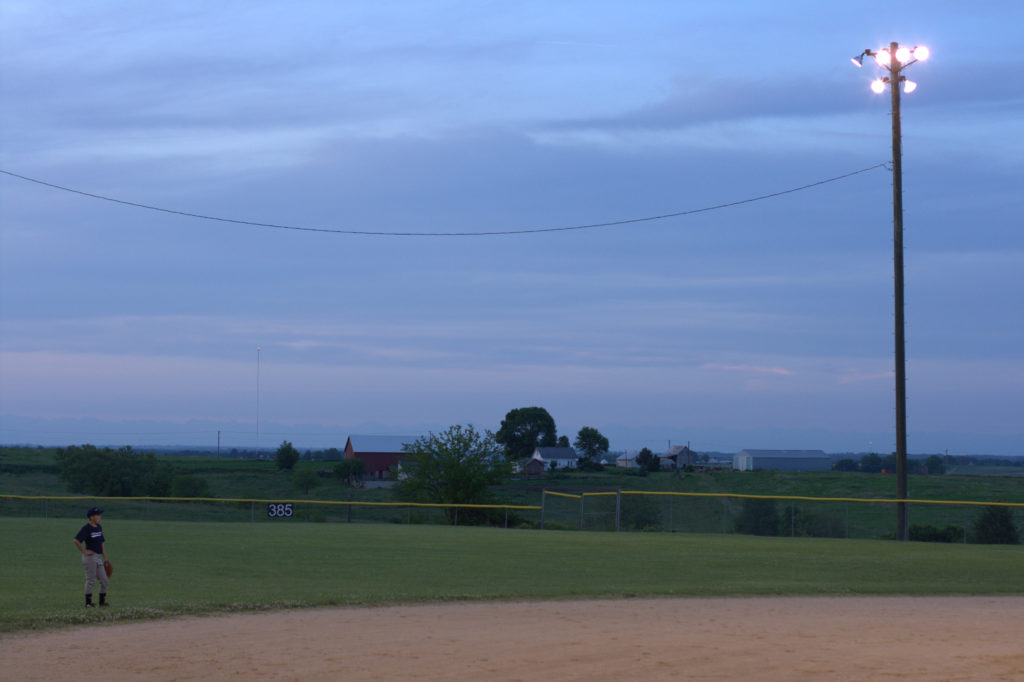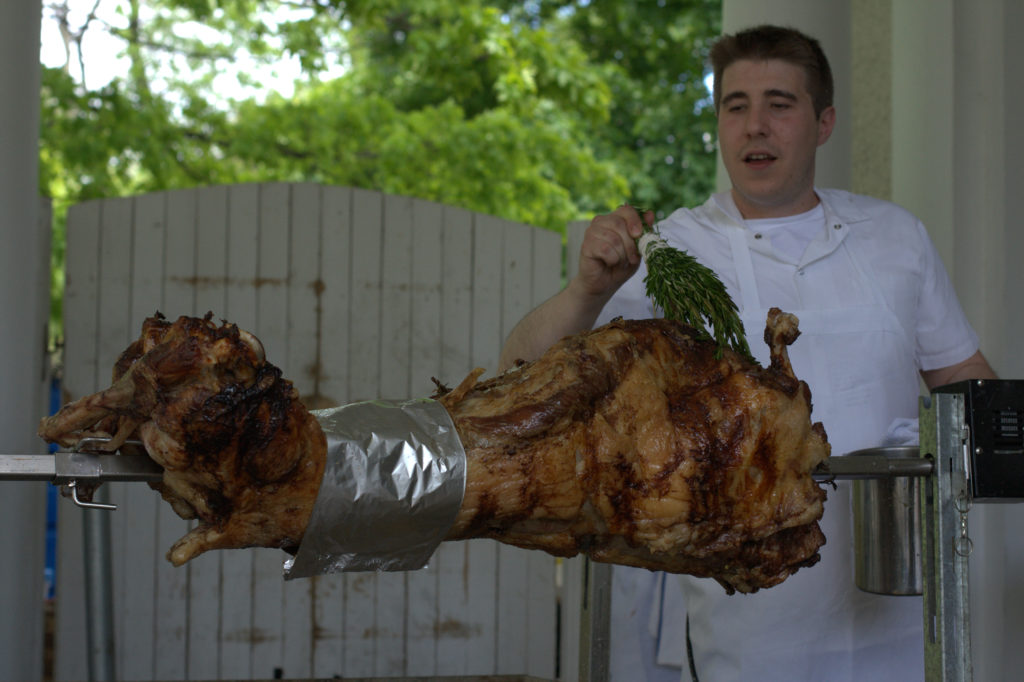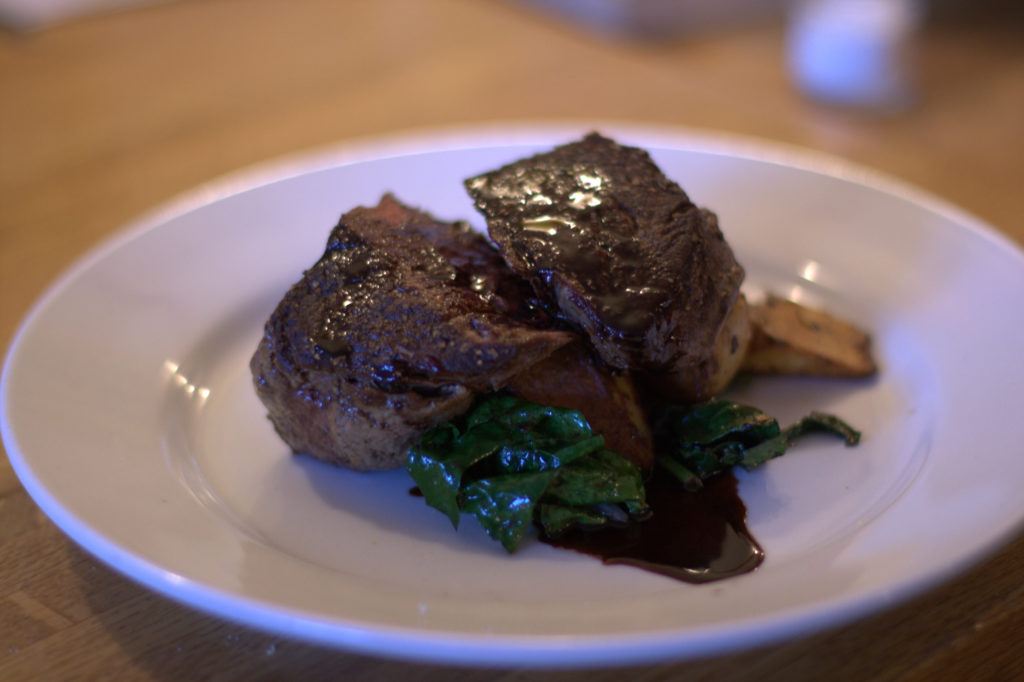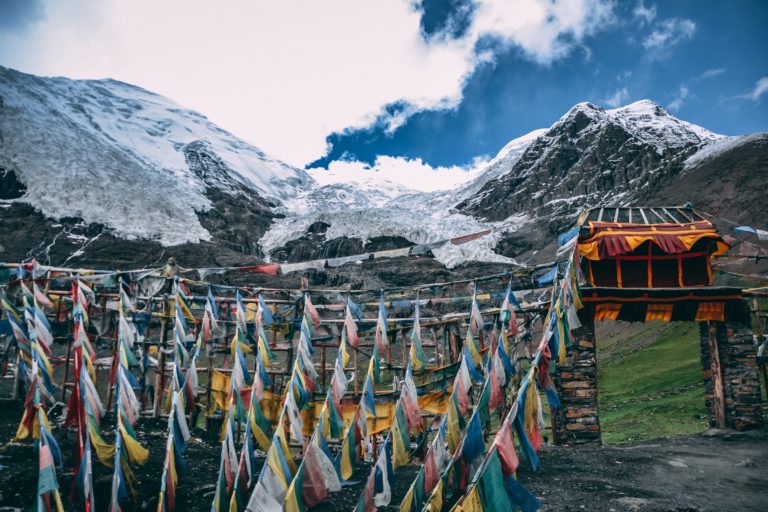“It’s baseball season in Eastern Iowa. Jamie Richard has brought me to the Saints Peter and Paul Catholic Church in the tiny town of Sherrill to meet his cousin, Ted Freiburger, and watch Ted’s eleven-year old son Tyler play on a diamond carved out of a cornfield. As the sun sets, big bright lights illuminate the game, and a lone farmstead on a hill overlooking deep left center pops on a porch light. The farmstead belongs to Jamie and Ted’s aunt and uncle; the cousins are related to about half the team, too. The town’s ancestors lie buried in the graveyard beside the church—generations of Breitbachs, Kleins, and Haberkorns. After night falls and the kids have left the field, a unisex adult game of softball begins, while dusty farmhands slip off to the The Barn tavern across the street to drink Busch Lite.”
– “The Driftless Manifesto,” Sep. 22, 2015
I spent much of 2015 and 2016 driving up and down the roads of southwestern Wisconsin and eastern Iowa. Some of the prettiest drives I’ve ever witnessed. The Midwest sky in the summer is something else … vast blue and puffy painted clouds, each style different from the last, as if the gods play around with the palette just to relieve divine boredom.
The impetus for these drives was the search for not only the source of the Driftless region’s unique terroir, but also the reasons why this area of the United States seems to “behave weird” in a cultural and political context. It comes down, unsurprisingly, to basic geography: the Driftless region is so named because the glaciers that covered and flattened the rest of the Midwest left “drift” in their wake i.e. pebbles and other ground down stone. The chunk of land along the Upper Mississippi is geologically unique in that the glaciers kind of moved around it, leaving them unflattened and … driftless.
I like to imagine an ancient hunter, some proto-Hochunk native, kneeling atop one of the region’s many hills and watching the glaciers pass him by. What they would have felt, seeing the world around them, ground into ice and dust, while this island remained hilly and creased with gullies and creeks. This hilliness means that modern farming techniques so popular in the rest of the Midwest – massive farms that stretch for miles – doesn’t work here. Here small family farms are still the norm. This is one of the reasons why the Driftless is unique. I tried to illuminate a few others in this story, feel free to comment and critique below.
Click here for the full story, “The Driftless Manifesto.”
